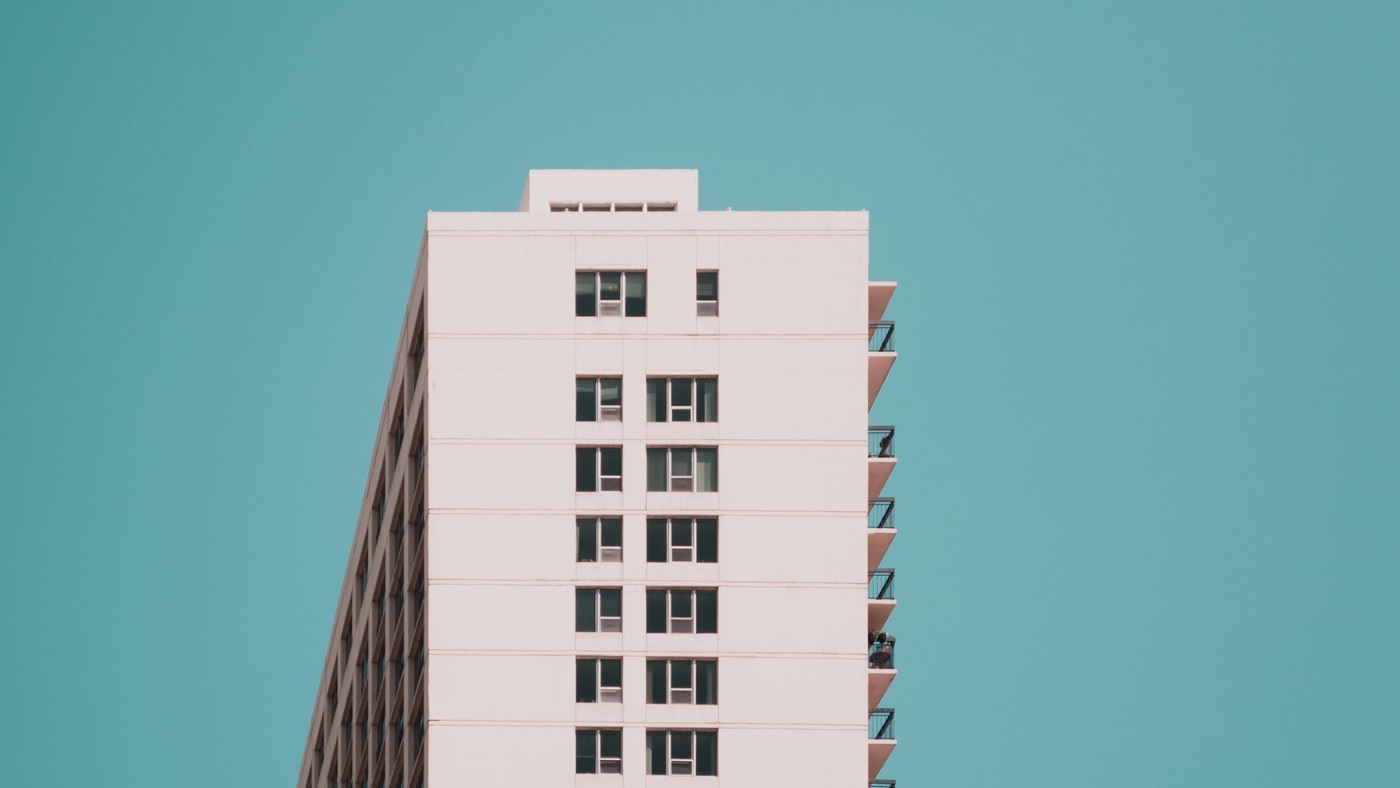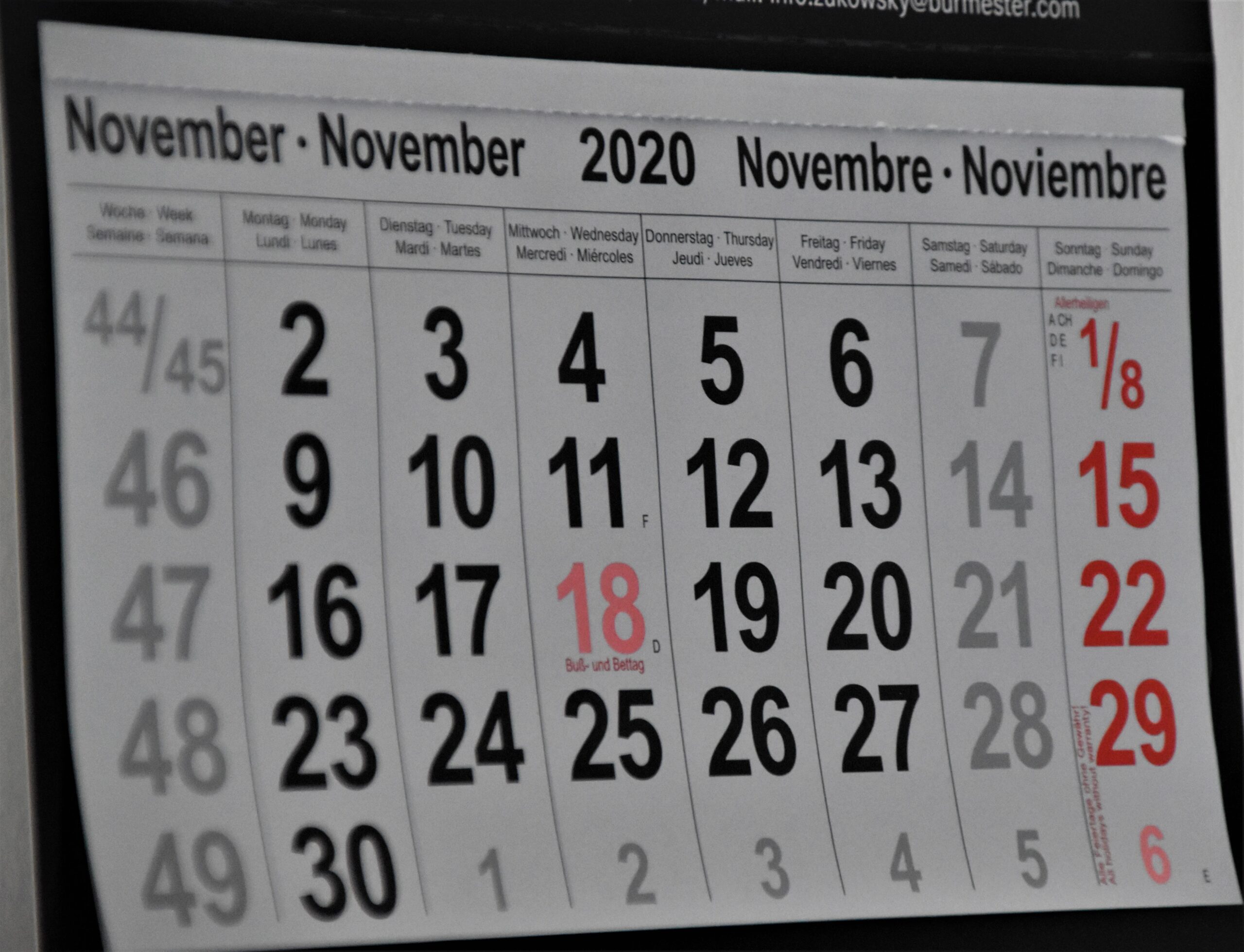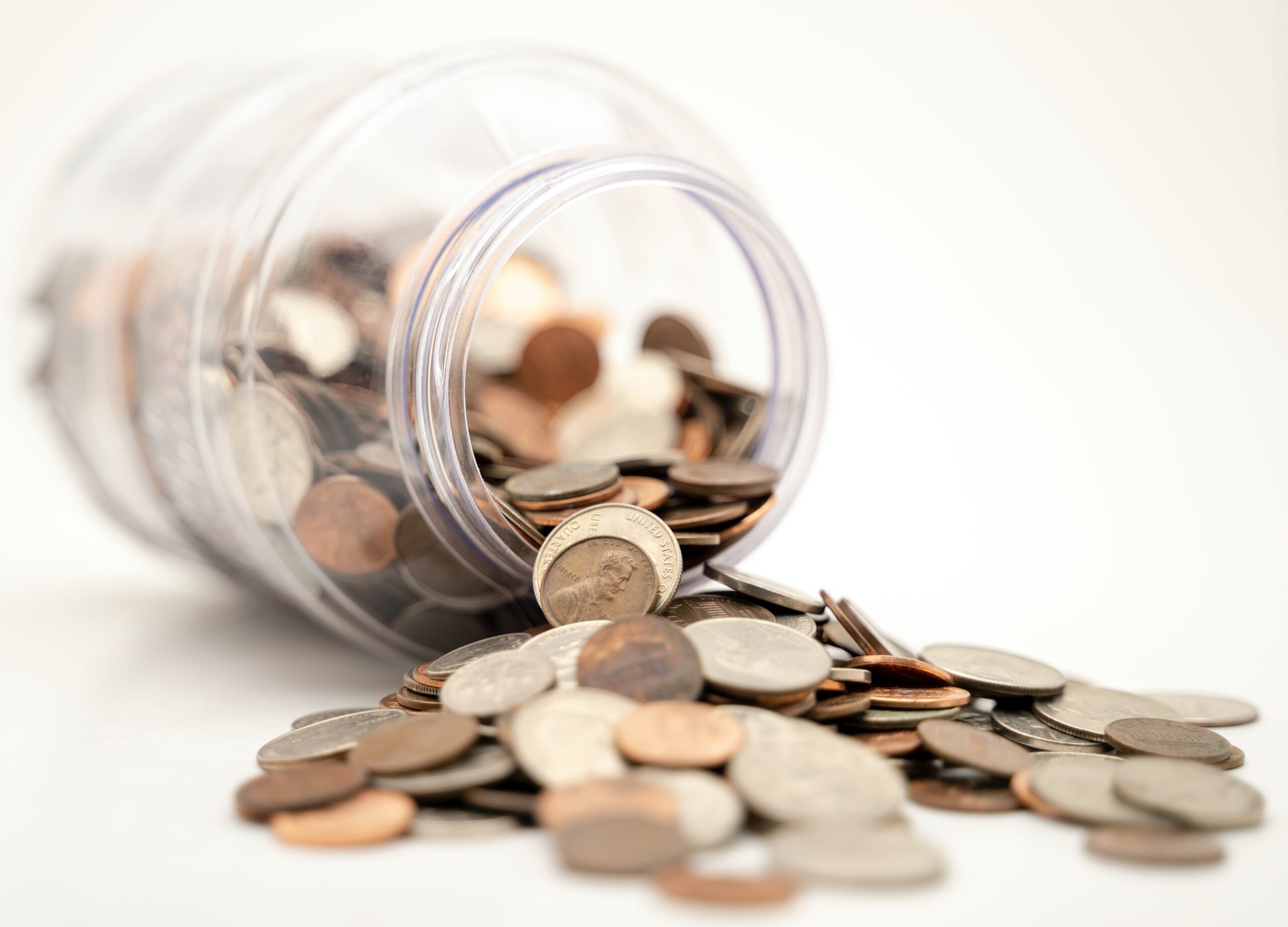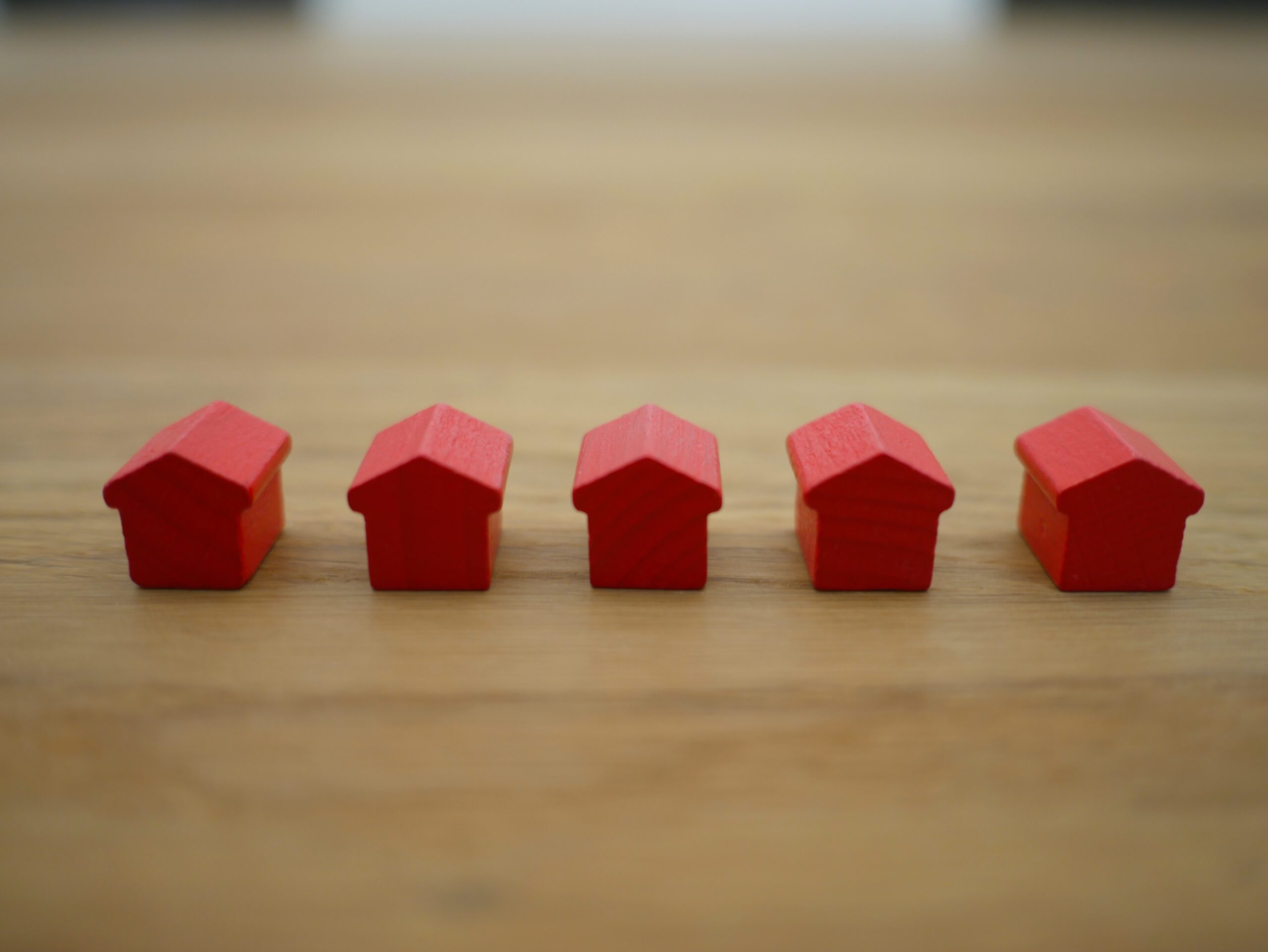
17 Sep The Leasehold Buyer’s Checklist
If you’re looking at buying a property, you’re probably aware of the leasehold/freehold distinction, and some of the various differences that are involved.
But leaseholds can vary wildly in many characteristics, and it can be hard to tell what exactly you need to know. This can, understandably, make buyers hesitant to commit to a purchase. Luckily however, there are some key considerations that are common to all leasehold properties, and which any prospective buyer needs to be alert to.
Our Sales Team has put together this shortlist of the key questions you need to know the answer to before buying your leasehold property – and remember: if you can’t answer these questions, you aren’t ready to buy!
How many years are left on the lease?

One of your first questions when considering a leasehold property should be how many years are left on the lease. This is because, unlike freehold properties (which are owned indefinitely), you only own a leasehold property for the duration of the lease – so if the lease has 100 years left to run, then the property is theoretically yours for that long.
This is because leasehold properties sit on land owned by somebody else, so the property is essentially ‘renting’ the land it sits on. Once the lease runs out, the property reverts to the ownership of the landowner.
You can extend a lease that doesn’t have long left to run, but this is often a time consuming and expensive process (often running into thousands of pounds) – so ideally, any leasehold property you consider would not need its lease extending for the foreseeable future whilst you own it.
Leases can run anywhere from a few decades to 900 years in length, meaning there’s a lot of variation, so it’s very important you know where any property you are considering sits on this timescale.
What are the annual service charges?

Most leasehold properties share common areas of some description (lifts, hallways, stairways, gardens etc) – because of this, there is almost always a service charge of some description to pay.
We covered in a bit more detail what service charges are and how they work in this article. Because the exact nature and scope of services varies greatly between leaseholds, so can the cost. The key thing is that you know how much the service charges will cost every year, as they are a recurring cost, and you will be responsible for paying them as the property owner.
As the exact amounts will likely fluctuate from year-to-year, it’s a good idea to find out what the most recent few years’ service charges have been, so you can get a rough idea of the yearly costs. Also make sure you know how the service charges need to be paid – are they paid in a single lump sum at the start of every year, or quarterly, for example?
What is the annual ground rent?

As noted above, when you own a leasehold property, that property is essentially renting the ground it sits on from somebody else. Because of this, most leasehold properties also require the owner to pay a yearly ‘ground rent’ (in addition to the service charges).
As with the service charge, the cost of the ground rent can vary significantly – some properties have a yearly ground rent running into hundreds of pounds, for others it’s a symbolic ‘peppercorn rent’ (a very low cost).
Are any major works forseen?
As a leaseholder, you will contribute to the shared maintenance and management costs of the building or development that your property sits on. Usually, any repairs and maintenance will be taken care of through your yearly service, but there may sometimes be large scale (and costly) repair work needed, that will require additional payments from the leaseholders on top of their yearly service charge payments.
You should be made aware of these automatically during the purchase process, but make sure you check – otherwise you might find yourself with a significant extra bill to pay.
What are the leaseholder’s responsibilities?

Your most important responsibilities as a leaseholder will usually be paying your service charge and ground rent on time – these allow the landlord or their appointed agent to look after the shared areas, and deal with any issues.
Unlike freehold properties however, leaseholds can come with other responsibilities as a result of multiple properties sharing a building or grounds, so there may be other responsibilities you need to take on if you buy. The easiest way to find out is to check the lease for the property – this will note any additional requirements of the property owner.
Is the building fire safe [especially with any cladding]?

It’s always important to ensure that the building your potential purchase sits in is fire safety compliant, but this is especially critical since the Grenfell Tower fire, and the safety issues surrounding external cladding came to light.
At the time of writing, no legislation has been passed that precludes leaseholders from paying the costs of removing dangerous external cladding. As any such replacement is likely to be a significant job (most external cladding covers the entire exterior of the building), the costs can be steep, and leaseholders face significant bills on top of their usual service charges.
The government has expressed plans to address this, but as with the major works, it is best to check that this isn’t a feature of the property, so that you can avoid any surprise invoices.
It goes without saying that these aren’t the only things you should be aware of before committing to a leasehold property, but if you are able to answer these questions about the property you have your eye on, then you are at least able to make an informed decision.
Any solicitor acting for you should ask these questions themselves of course, but make sure you confirm for yourself before signing on the dotted line!
Buying/selling a property that we manage? Contact our friendly Sales Team for help.




